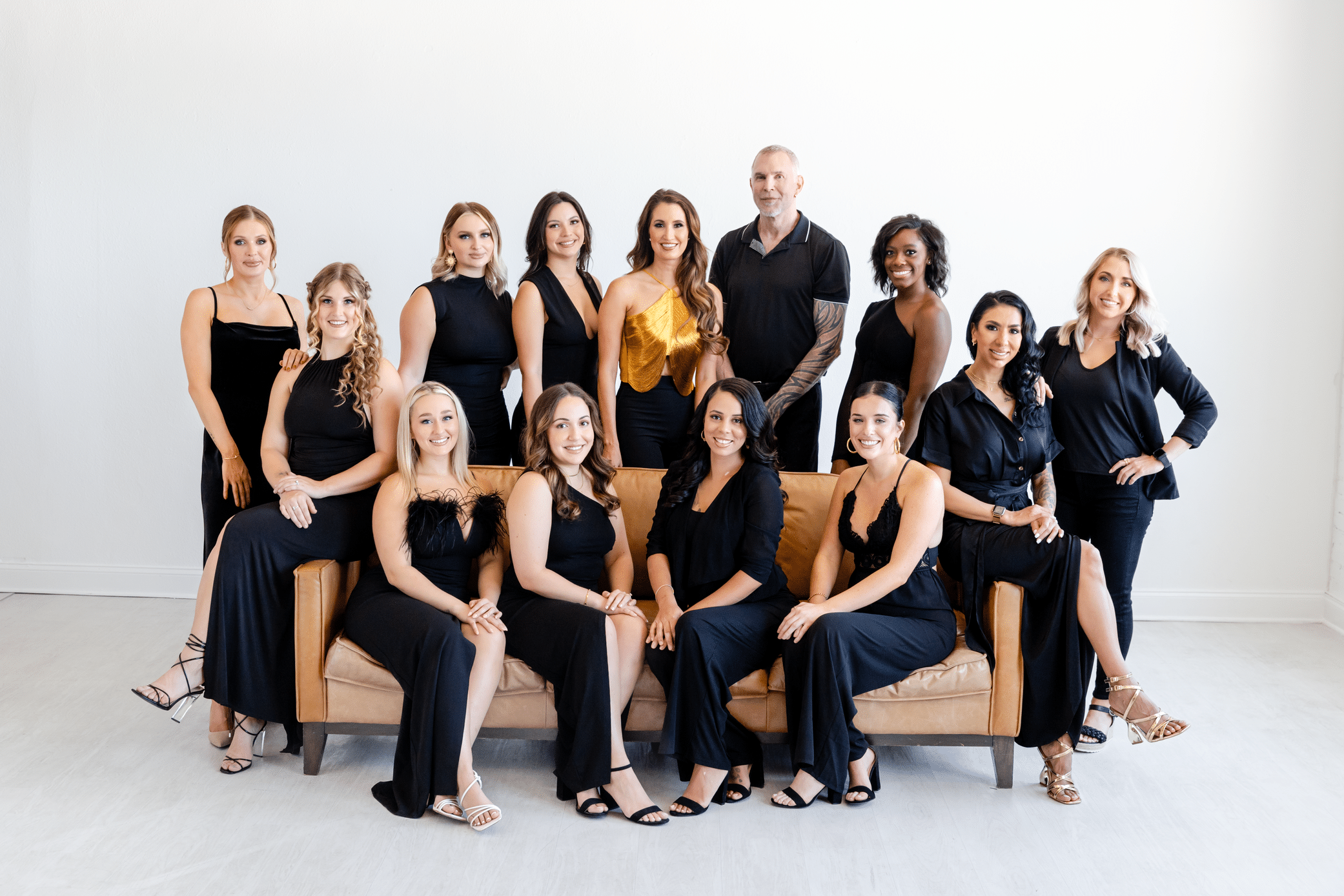Cartilage Grafts in Rhinoplasty Surgery
A graft is a piece of tissue that is extracted from one part of your body for use in another part of your body. When talking about nose grafts, we are referring to cartilage. Cartilage is a soft tissue that is both fibrous and dense. It is flexible and firm, and when a surgeon utilizes it in a rhinoplasty surgery, it can help shape the nose.
The nose is made up of two sets of cartilages that are located in the middle part of the nose (upper lateral cartilages) and in the tip (lower lateral cartilages). In addition to this, the nasal bones and the nose septum offer foundation and support to the overall nose structure.
Cosmetic surgeons suggest that all nose procedures may not need cartilage grafts. Generally speaking, cartilage grafting in rhinoplasty is needed only when treating the bridge, tip, or the spreader grafts present in the mid-third of your nose.
Plastic surgeons agree that cartilage grafts are very safe for use in rhinoplasty and shouldn’t be avoided when needed. Septal cartilage is considered to be the ideal cartilage for using in nasal reconstruction procedures. Besides the septal cartilage, the cartilage present in the ear and the rib (in that order) may also be used.
Cartilage Grafts for Nasal Tip Reconstruction
People who have suffered from traumatic injuries to the nose may require a surgical procedure to bring back the nose’s look and function. A nasal tip reconstruction using cartilage grafts is capable of producing brilliant reconstructive results for patients in need of nasal tip reconstruction.
This procedure is unique and rare and requires the cosmetic surgeon to be highly skilled and experienced. An open rhinoplasty surgery may be performed for accessing the patient’s nasal tip.
Donor Cartilage Grafts
Even though cosmetic surgeons prefer using the existing nasal cartilage for reshaping the nasal structure, there are some cases in which there isn’t a sufficient amount of tissue or natural strength for performing the procedure.
In such cases, further removal of tissue will lead to worsening of the deformity. Hence, the nasal structure needs to be rebuilt using a collection of artificial grafts, those extracted from a donor’s cartilage. It is possible to harvest this cartilage from the ear (conchal), septum (septal) or rib (costal).
Cartilage Grafts are Safe and Effective
The cosmetic surgery industry is increasingly advocating the utilization of cartilage grafts in various nose reconstruction surgeries. The reason for this is simple. Cartilage grafting can serve as an effective tool in primary as well as revision rhinoplasty. In fact, nearly all experienced rhinoplasty surgeons make use of one or another type of cartilage grafts.
As far as the lower nose is concerned, it is typically the weak, sagging tip cartilage that lends to the nose’s unattractive appearance. Rhinoplasty with cartilage grafting can help reshape and strengthen the nasal tip structure and make the nose more attractive.
Read what our Patients are saying!
Dr. Walker is an amazing surgeon. She is very detail oriented, her bedside manner is excellent, and you can tell she truly cares about her patients. She is very thorough in her explanations and makes sure you understand.
Click here to read more reviews.
Contact Our Office
Contact us to learn more about cartilage grafts in a rhinoplasty surgery. If you have any questions about the procedure, Dr. Gregory Stagnone, a board-certified plastic surgeon, will provide you with the answers you need.
How Nicotine Sabotages Plastic Surgery
Having plastic surgery? Then your plastic surgeon probably told you not to smoke. That’s good advice. But that doesn’t mean you can reach for a substitute. Nicotine wears several masks that may seem seductively harmless, but don’t let them fool you! Nicotine gum, patches, snuff, chewing tobacco, cigarettes, pipes, cigars, and even trendy e-cigarettes have one thing in common: Nicotine.
If you’re a smoker, you might have healed great after an appendectomy, so you may feel you don’t need to worry about quitting before a facelift. But plastic surgery is different. Let me explain with a layer cake. How do you cut a piece? You take a knife, and you go straight down, all the way to the plate. That’s how a general surgeon cuts to get to your appendix. Straight down.
Now, imagine cutting through just the top layer, then turning your knife sidewise, and cutting through the yummy frosting layer so you can lift off top layer. That’s what a plastic surgeon does when performing a facelift, a tummy tuck, a breast reduction, a breast lift, and hundreds of other procedures. Once the skin has been lifted, it can be pulled, stretched, moved around, and removed.
Of course, cake and flesh have many differences, like a blood supply. A cake doesn’t need it, but flesh does because blood carries oxygen, which flesh needs to survive. Without oxygen, skin, fat, and muscle die.
If a cake needed oxygen, it would have blood vessels traveling from the bottom layer all the way to the top. What do you think would happen to those blood vessels if you lifted off the top layer of cake? You’d sever them, and the top layer of cake would die.
But if we lifted only half the cake, we would leave some blood vessels untouched, and those vessels could serve the entire top layer. That’s what happens in plastic surgery. Some of the blood vessels are cut, but some are left intact. The vessels that are intact supply oxygen to the skin that has been elevated after a facelift or a tummy tuck.
So what does nicotine have to do with cutting cake? OK, let’s say those blood vessels were the size of giant drinking straws, large enough to suck up mini-marshmallows. But if we add a little nicotine to the blood, those giant straws would shrink down to the size of little red stirring straws. Small blood vessels mean less blood flow, and less blood flow means less oxygen, and less oxygen can mean tissues die
Mixing nicotine with plastic surgery can result in other problems, too:
- Loss of cheek skin, nipples or tummy skin after a facelift, breast lift, breast reduction, or tummy tuck surgery
- Infections
- Death of fat cells (fat necrosis), causing hard lumps
- Delayed wound healing
- Thick, wide scars
- Blood clots, which can be fatal
- Increased pain
- Permanent small vessel damage adding risk even if you quit
- Loss of breast implants
- Life threatening complications like stroke, heart attack, blood clots, and pneumonia.
If you smoke and you’re planning to have plastic surgery, quit. Follow your plastic surgeon’s recommendation, which may be to quit three to six weeks before surgery through three to six weeks after (though forever is best).
Even if you don’t smoke cigarettes, you’re not off the hook if you smoke e-cigarettes or chew nicotine gum! Quit any form of nicotine, including secondary smoke (yes, send your smoking friends and family outside). Even one puff will cause your blood vessels to shrink. If you’ve scheduled surgery in the near future, and you have a weak moment, confess to your surgeon. It’s better to delay surgery than to risk having your tissue die.
After surgery, you still can’t smoke, so develop nerves of steel and think about how much you might regret that one little puff.
After all, you want to have your cake and eat it, too!




